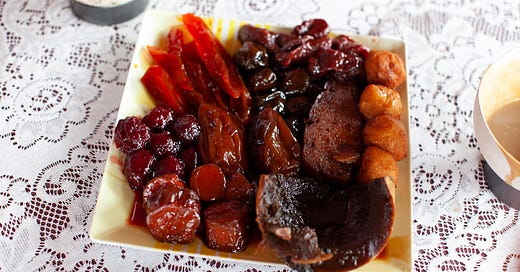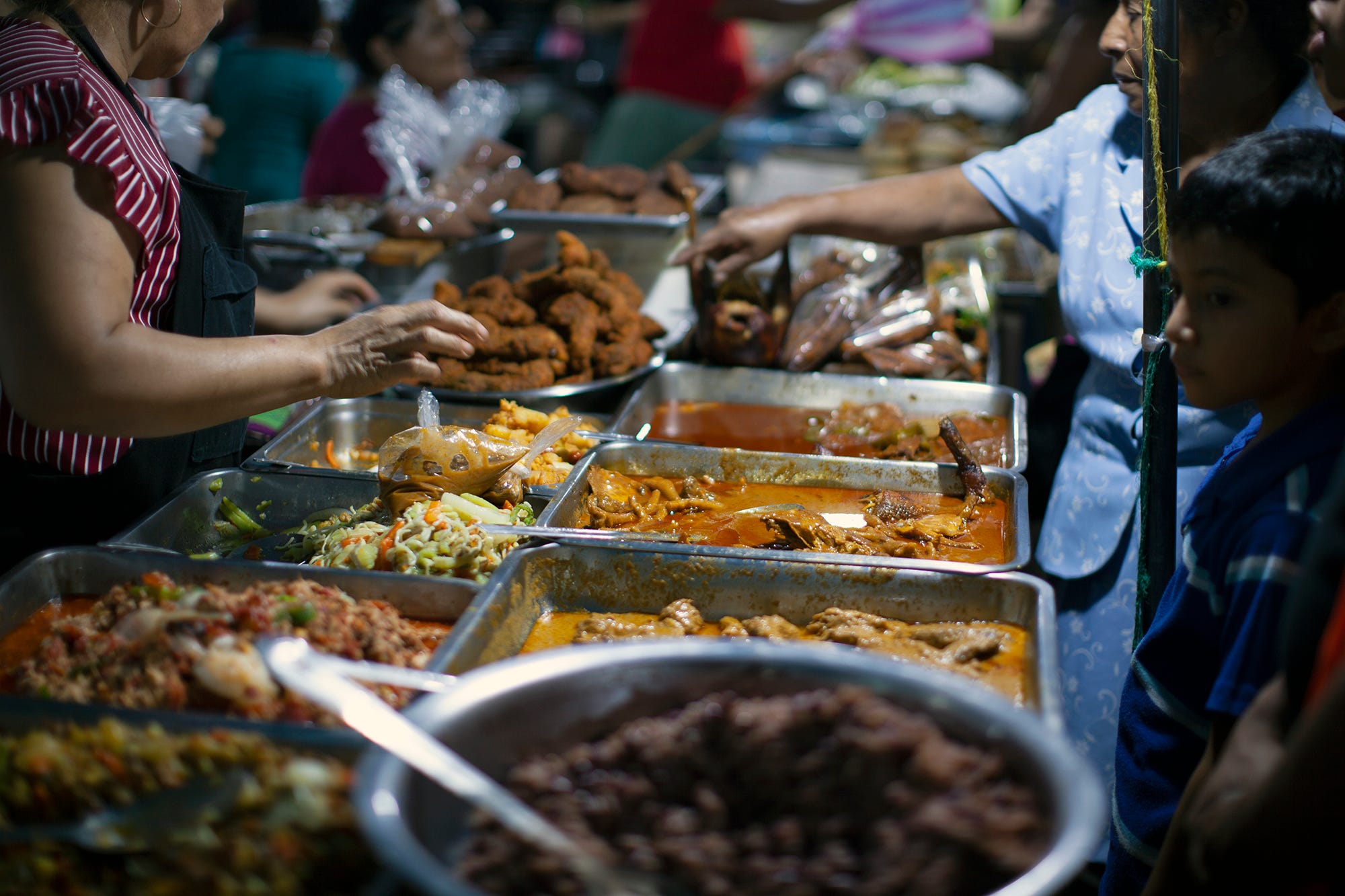Travels in the West of El Salvador
Nahuizalco's night market, Sonsonate & La Ruta de las Flores
This is the first of a series of stories from El Salvador, the Central American country that is in the midst of major change.
The night market in Nahuizalco began a little less than a decade ago. The Nahua village on La Ruta de las Flores, a few kilometers north of Sonsonate, not far from…
Keep reading with a 7-day free trial
Subscribe to New Worlder to keep reading this post and get 7 days of free access to the full post archives.




